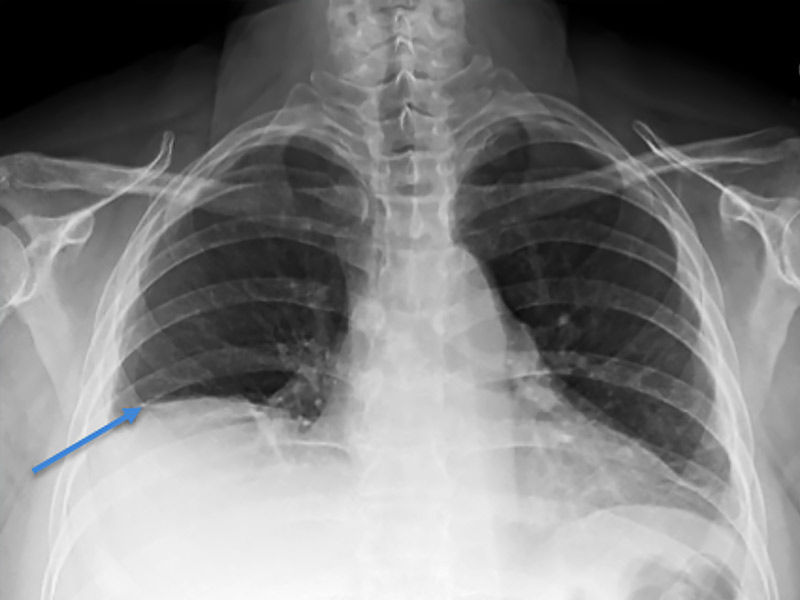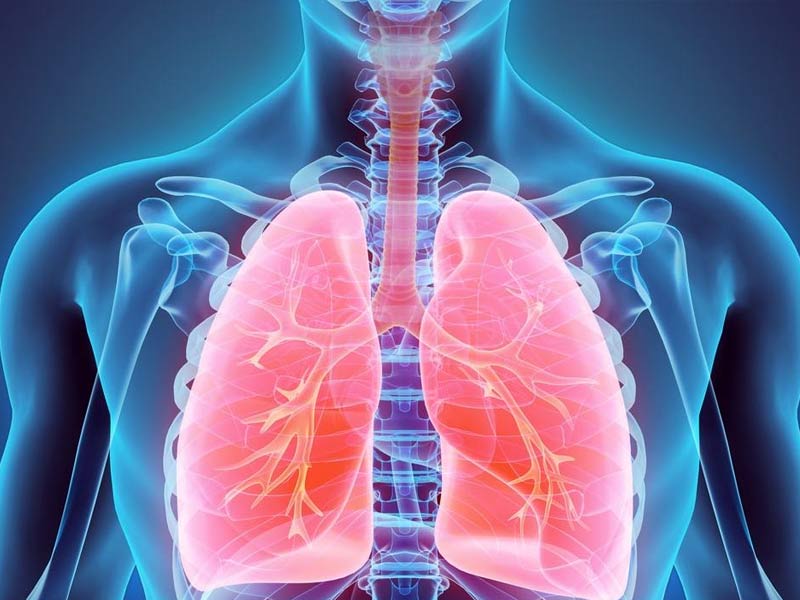A worrying global outbreak of a new strain of bacterial pneumonia known as “White Lung Syndrome” has swept through numerous nations.

Children between the ages of three and eight are the most common age group affected by this respiratory condition. Although the exact cause of this pneumonia outbreak is still being looked into, experts believe it might be related to a recently discovered strain of Mycoplasma pneumoniae, a common bacteria that causes respiratory infections.
What is white lung syndrome?
The characteristic white patches on afflicted children’s chest X-rays are the source of White Lung Syndrome. The phrase refers to a group of respiratory diseases that include silica-related disorders, pulmonary alveolar microlithiasis, and acute respiratory distress syndrome.

The uncommon lung condition known as pulmonary alveolar microlithiasis (PAM) is brought on by calcium deposits in the lungs’ air sacs. Chest pain, coughing, and shortness of breath may result from this.
Inhaling silica dust can lead to the lung condition known as silicosis. You can find silica dust in stone, sand, and other materials. Chest pain, coughing, and dyspnea are some of the symptoms of silicosis.
Also read: 5 Incredible Benefits of Consuming Garlic
What signs of the white lung syndrome are present?
The symptoms of white lung syndrome can vary depending on the underlying cause, but commonly manifest as fever, exhaustion, coughing, shortness of breath, and chest pain.

Which medications can be used to treat white lung syndrome? Treatment for white lung syndrome varies depending on the underlying cause and can include antibiotics, antivirals, oxygen therapy, mechanical ventilation, and corticosteroids. Treatment outcomes can range from complete recovery to possible long-term lung damage.

























